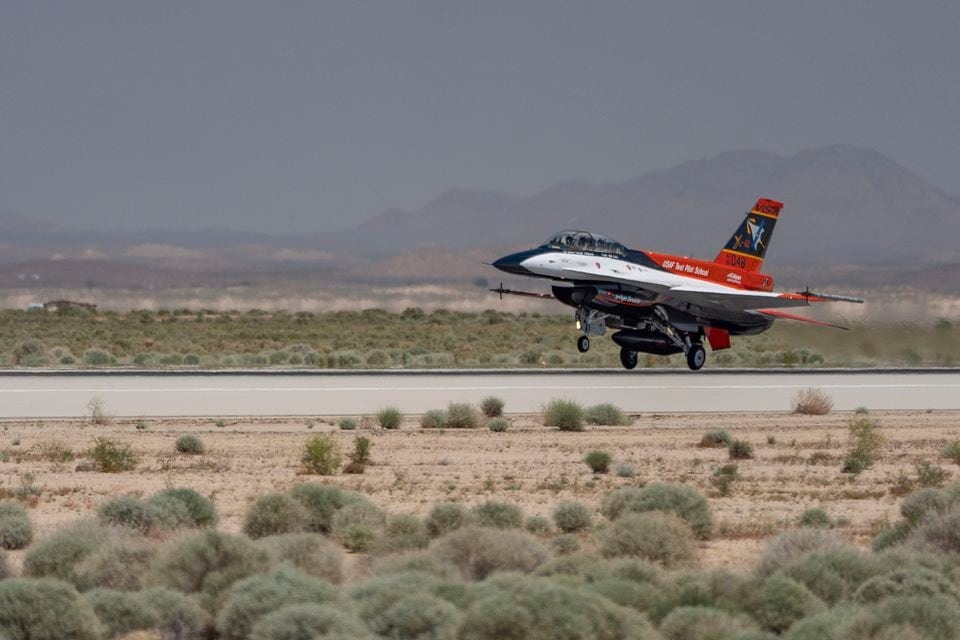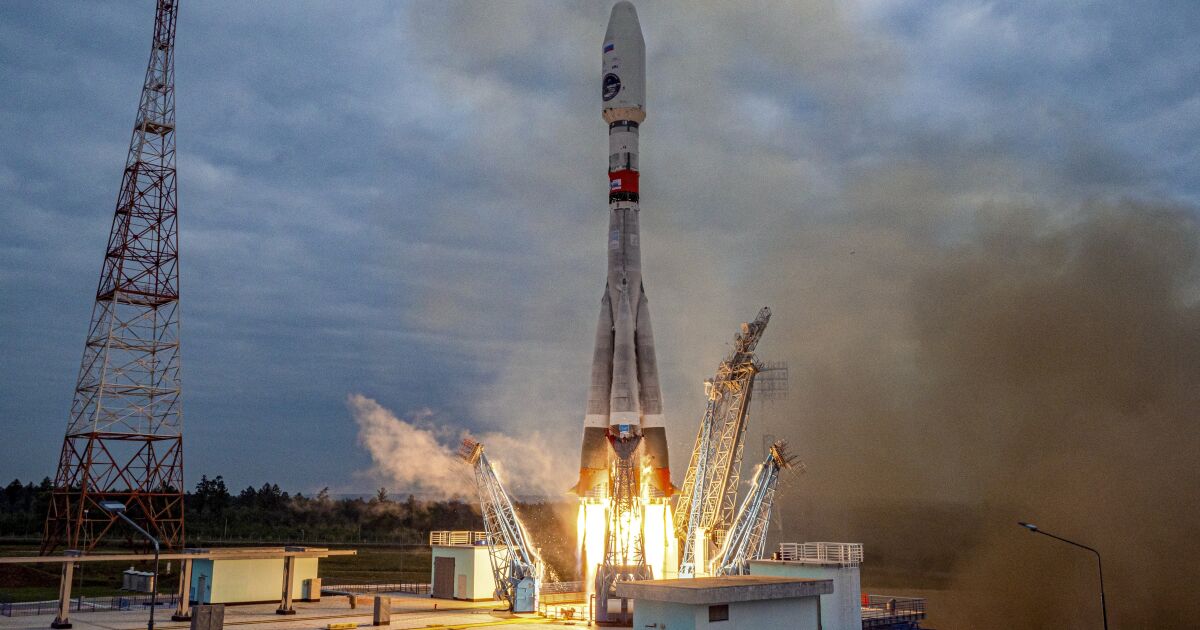Tallinn, Estonia (AP) – The Russian space agency, Roscosmos, said today, Sunday, that the Russian spacecraft Luna-25 crashed on the surface of the moon, after it missed its scheduled trajectory.
“The device entered an unpredictable orbit and ceased to exist as a result of its collision with the lunar surface,” the agency said in a statement.
Roscosmos said it lost contact with the spacecraft on Saturday after a problem while it was preparing to enter pre-landing orbit, after reporting an “abnormal situation” that specialists were analyzing.
“During the operation, an abnormal situation arose on board the automatic station, which did not allow the maneuver to be carried out according to the specified parameters,” Roskosmos detailed in one of the Telegram posts.
The spacecraft is scheduled to touch down at the moon’s south pole on Monday, rushing to land on Earth’s satellite ahead of an Indian spacecraft. The moon’s south pole is of particular interest to scientists, who believe that the permanently shadowed polar craters may contain water. Future explorers could turn water frozen in rocks into air and fuel for rockets.
The launch of the Luna-25 spacecraft, which launched on Aug. 10 from Russia’s Vostochny cosmodrome in the Far East, was Russia’s first since 1976 when it was part of the Soviet Union.
Also on Saturday, the Russian spacecraft released its first results. Although Roscosmos indicated that the information was still being analyzed, the agency stated that the initial data obtained contained information about the chemical elements of the lunar surface and that its team recorded a “small meteorite impact.”
Roscosmos has published images of the Zeeman crater, the third largest crater in the southern hemisphere of the Moon, taken from the spacecraft. The crater is 190 kilometers (118 miles) in diameter and eight kilometers (five miles) deep.
Only three governments have achieved successful moon landings: the Soviet Union, the United States, and China. India and Russia aspire to be the first to land on the south pole of the moon.
Roskosmos admitted that it wants to prove that Russia is “a country capable of carrying a payload to the Moon” and “to ensure Russia’s guaranteed access to the lunar surface.”

“Proud web fanatic. Subtly charming twitter geek. Reader. Internet trailblazer. Music buff.”





:max_bytes(150000):strip_icc()/DannielynnBirkhead-ee1dc60f4e244155b1e644270eb7b840.jpeg)

More Stories
One scientist claims that the universe and our lives are a simulation
Don’t fall into the trap of fake offers of GB arriving on your WhatsApp
The Eta Aquaridus meteor shower, the remnants of Halley’s Comet, will be visible from Earth this weekend